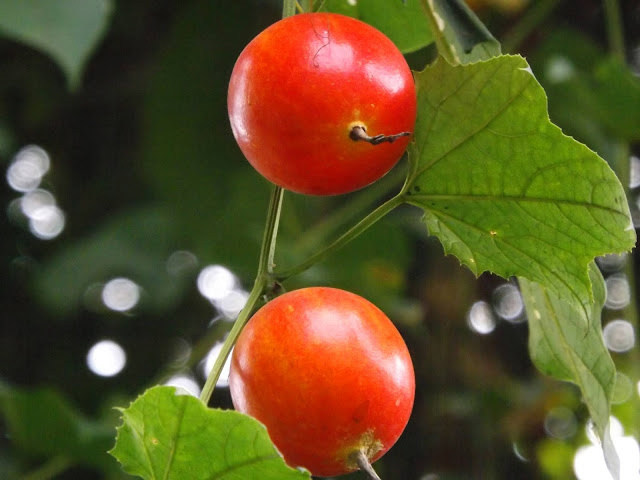Akondo, Crown flower, Calotropis gigantea
Akondo or Crown flower (Calotropis gigantea, family: Apocynaceae) is a perennial shrub with branches and milky latex, attaining a height of 5 m. Bark is grey. The stem is slightly wooody and much branched at the base. Some plants have been found whose trunks are quite hard and woody and those look like small-sized trees.
Common names: Akkan, Madar.
Young shoots and lower part of leaves are tomentose. The plant is an iconic one in the rural areas in Bangladesh. It is found in several countries in South and Southeast Asia, including the Indian subcontinent, China, Malaysia, Myanmar, and Thailand.
For video please visit : https://www.youtube.com/watch?v=yH5nOu16vYw&t=37s
The fruit is ovoid, curved, 6-8 cm long and 3-5 cm wide, tomentose, dehiscent, yields cotton; borne usually in a pair.
It grows on fallow lands all over Bangladesh. Propagation of the plant is caused by seeds and cuttings.
It is used in cough, cold, asthma and insect poisoning. A fine fibre is obtained from its stem. Cotton from the seeds is used to make pillows. Fresh leaves are used in rheumatic pains. The extract of roots is used as a a tonic. Laxative is made from its milky latex and is used in leprosy. Roots are used to make toothbrush and to cure toothache.










I need cotton of akondo. Where I will found the cotton of akondo
ReplyDelete